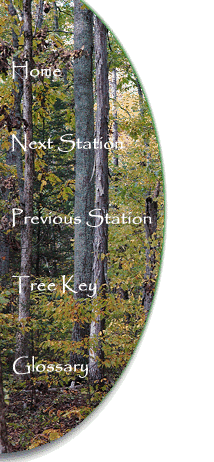| |
|
| |
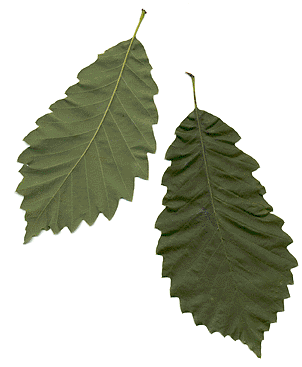 |
| |
Chinquapin Oak Leaf |
Identification:
The fall color of the leaves can be brown or red. The leaves
are simple,
alternate, paler and
downy below and 4 inches to 6 inches
in length. The margin of the leaves has large teeth that
are tipped with glands (but not bristles).
| |
|
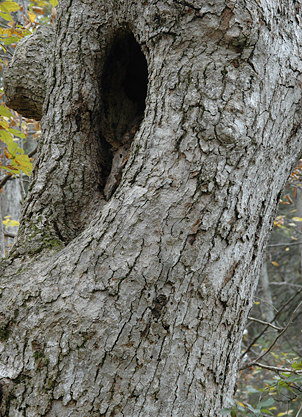 |
|
|
Chinquapin Oak Bark |
The bark of the Chinquapin Oak is
ashy-gray with shallow fissures. The bark breaks into large
flaky scales on older trees.
The twigs of the Chinquapin Oak can
vary from yellowish to reddish to straw-brown in color.
The twigs are slender, smooth and
lenticellate.
| |
|
| |
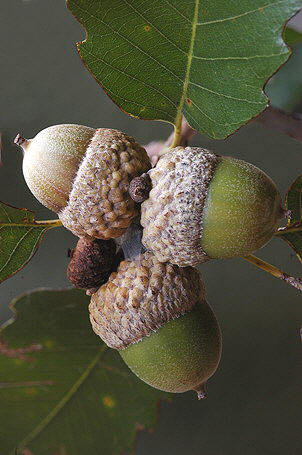 |
| |
Chinquapin Oak Acorns |
The acorn cups are 10mm - 20mm in
width, covering about 1/3 to 1/2 of the tip. The acorns are
favored by Ruffed Grouse, Eastern White-tailed Deer, wild turkey,
Eastern Gray Squirrel and mice.
Other Uses
and Lore:
Native Americans
ground the acorns into flour for cooking. Pioneers used the
very heavy and durable wood for all types of construction, including
split rail fences. Railroads used the wood for railroad ties,
and much timber was used for bridge planking. Cavities like
the one seen in this tree are used for shelter by many woodland
creatures, including owls like the Barred Owl.
The
Trail From Station Six to Station Seven
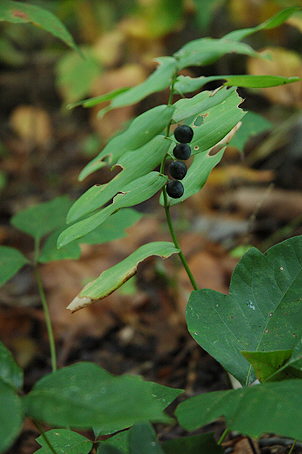 |
| Solomon's
Seal Fruit |
From Station
Six, the trail continues southwest along the side of the ridge.
Continue to look for seeds and fruit along the trail. Often
you can see Persimmon seeds along the trail, left in the scat of an
opossum or other mammal. Many wildflowers fruit in the
fall months, and you can often see fruit like the Solomon's Seal
fruit at right along the borders of the trail.
|
